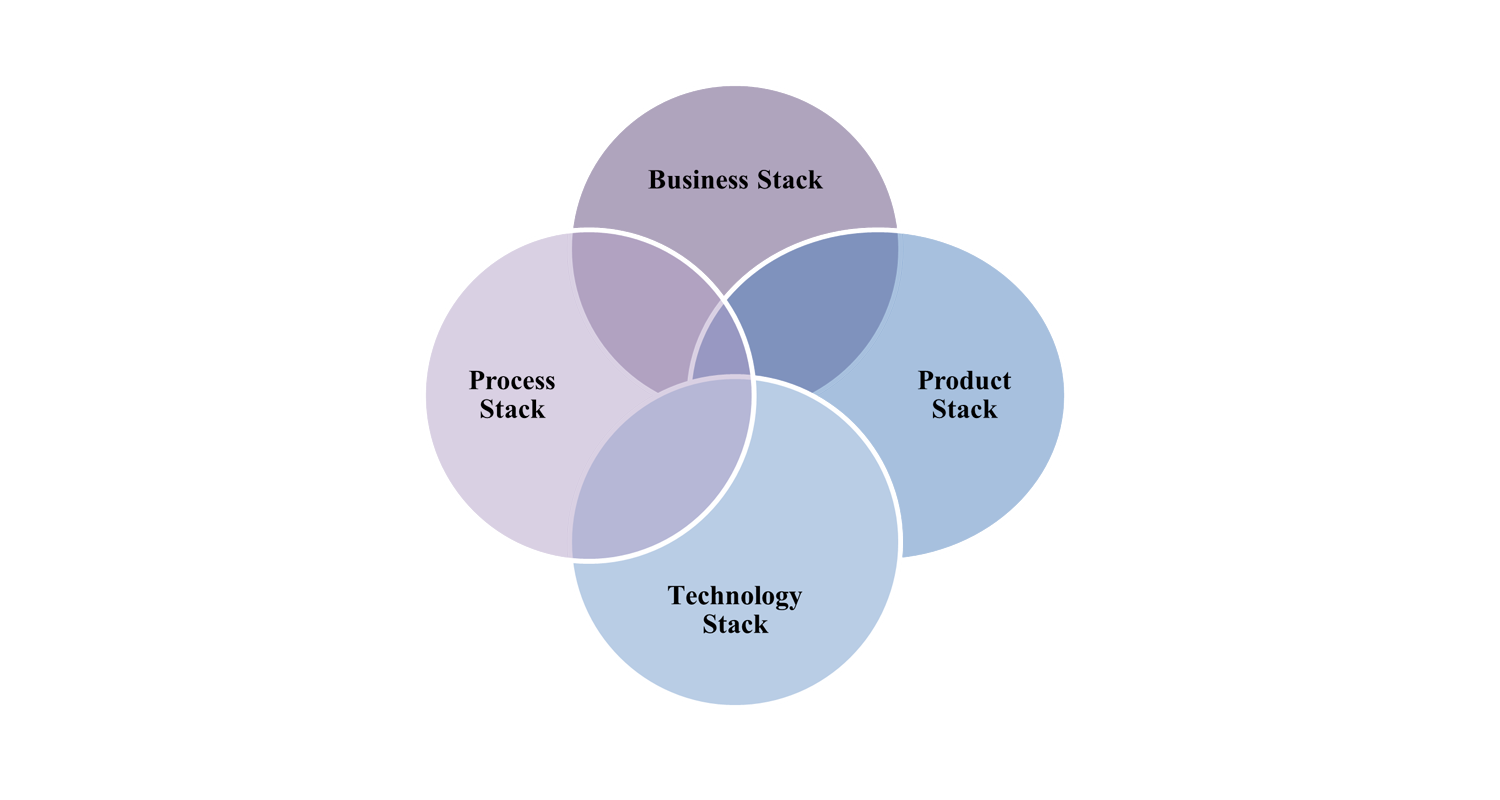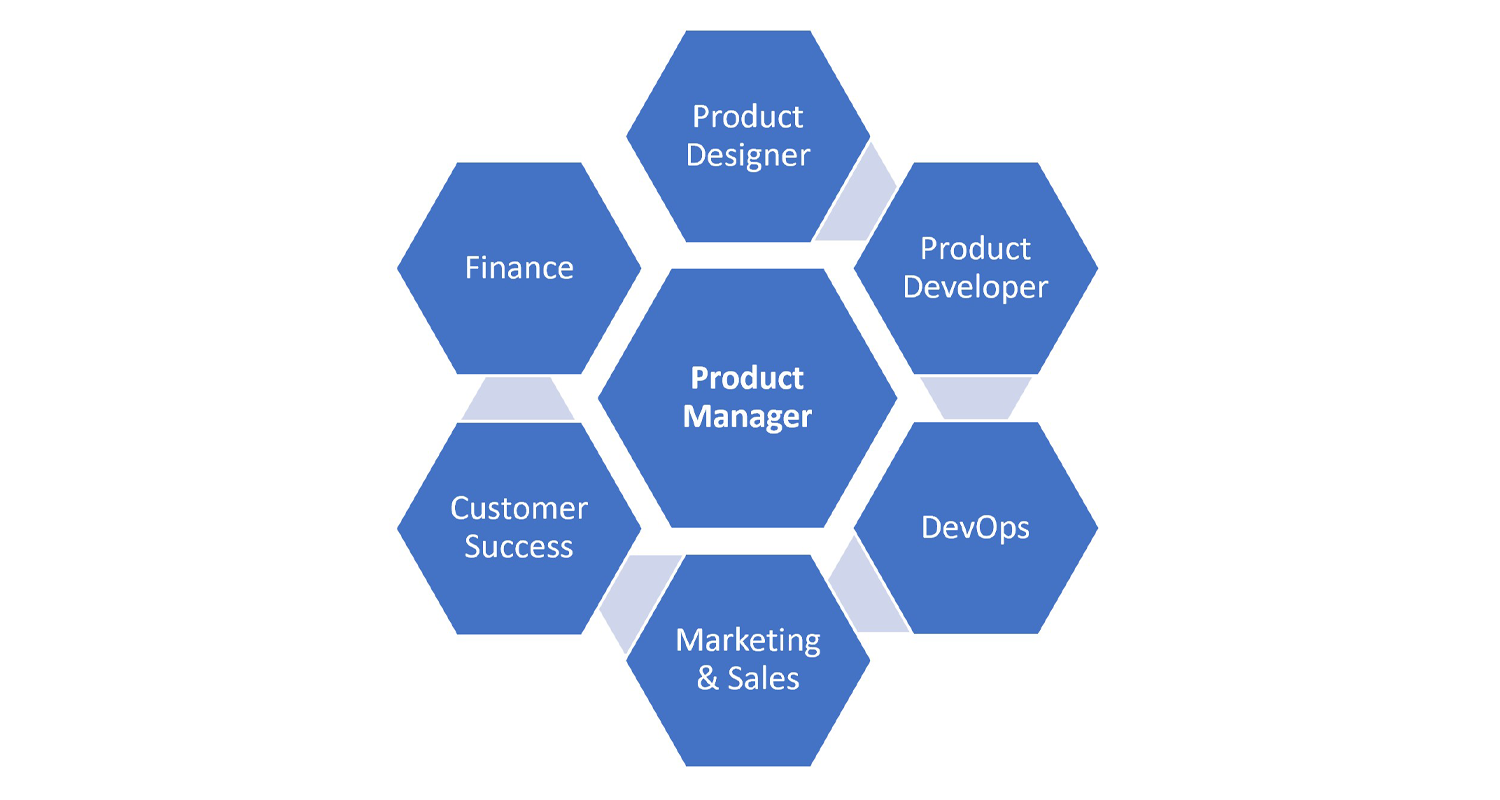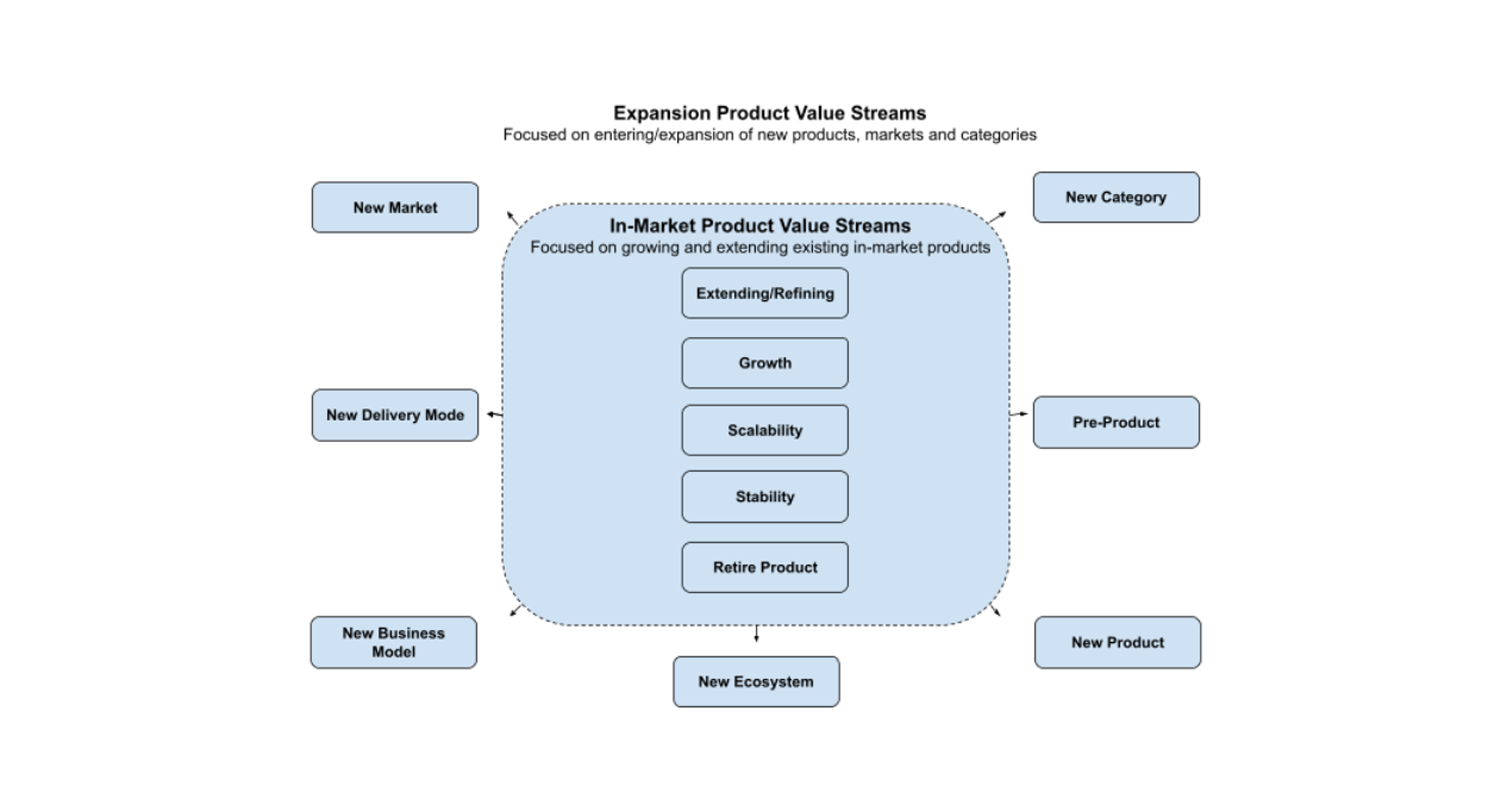This is an unprecedented time for CPOs. The broad array of enabling stacks to manage, develop, sell and operate SaaS products is growing at a rapid pace. In this context, a stack is an enabling layer of purpose-built technology. Broadly speaking, my work with SaaS companies has identified four different stacks:
- Technology stack: this layer includes enabling technology focused on infrastructure as a service (IaaS), platform as a service (PaaS), and other enabling technologies used to develop and deploy SaaS products. For example, AWS, GCP, and Azure all include robust IaaS and PaaS offerings, each with robust ecosystems of 3rd party components integrated into these offerings.
- Process stack: this layer includes enabling technology focused on managing the product management/development life cycle (e.g., Atlassian JIRA, Atlassian Confluence, and Asana product offerings) and supporting the design process (e.g., tools such as Figma and Lucidchart).
- Product stack: this layer includes enabling technology focused on supporting the overall buyer and customer experience, including the buyer journey (e.g., Adobe Campaign, Thunderhead, Alterian, CSG), onboarding and in-app help (e.g., Appcues, Intercom, UserPilot), user analytics (e.g., Pendo, Gainsight, Amplitude, Heap), customer success management (e.g., Gainsight, ChurnZero, Totango, Client Success), customer support (e.g., FreshDesk, ZenDesk, ZohoDesk, LiveAgent), and feature rollout (e.g., Optimizely, Split.io, LaunchDarkly).
- Business stack: this layer includes enabling technology focused on supporting the business process of SaaS offerings, including contract management (PandaDoc, DocuSign, IronClad), CRM (HubSpot, Salesforce, Zoho), pricing/invoice/billing/payments/renewals (Chargebee, Chargify, Stripe, Recurly, ChartMogul), and financial management (FreshBooks, ZohoBooks, NetSuite).
The tools mentioned above are for illustrative purposes and are not recommendations.
My experience has been that virtually every SaaS company starts off implementing some homegrown solution in a number of the above stack areas. This is due to budget constraints, lack of awareness, MVP orientation, and simply time to market pressures. Over time, maintaining and evolving these homegrown stack components consumes more and more scarce development resources. In turn, this leaves less time to create differentiated product offerings and risks customer satisfaction and value. Furthermore, since such homegrown stack tools were not purpose-built, they inevitably lead to limitations that their purpose-built counterparts do not typically incur. A recent example of this occurred with a SaaS company I am working with that implemented their own billing and pricing engine when they had one product. As the company matured and added new products and product bundles, it wanted to rapidly experiment with new pricing and bundling. Unfortunately, their homegrown solution does not afford such flexibility. Needless to say, they are now aggressively evaluating purpose-built SaaS pricing/billing/invoicing solutions.
An organization’s technology, process, product, and business stacks are critical enabling choices that a product organization must make with a bias towards purpose-built stack components. The stackful CPO must be involved in the exploration and selection of enabling stack components to ensure an effective buyer and customer experience and to free up scarce development resources to focus on building products of differentiated value.
Here are three questions for the stackful CPO to consider:
- For each stack area, how many of your components are homegrown vs purpose-built?
- How much of your development resources are devoted to maintaining and evolving these homegrown stack components?
- How are such resource allocations impacting your ability to execute on differentiated product capabilities?
It is important for a CPO to ensure that purpose-built technology, process, product, and business stack components are being appropriately used across their organization. Prolonged use of homegrown components in any of the stack areas can lead to excessive use of resources on low-value activities at the expense of high-value product differentiation.





